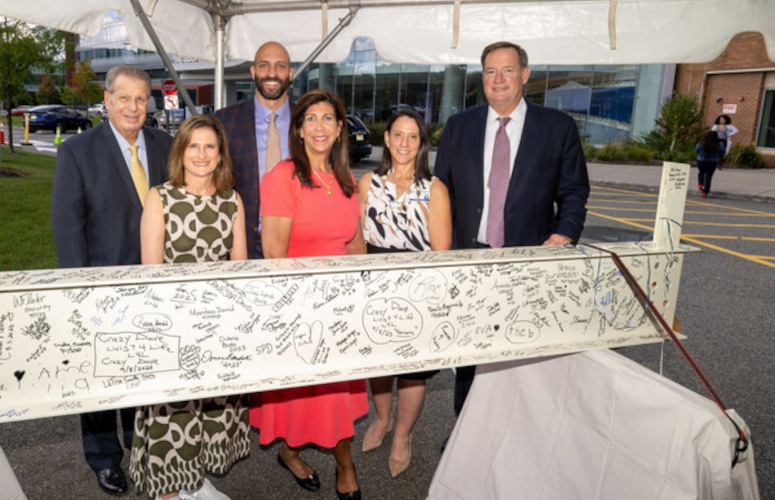
Voice Technology is the UI of the Future
By Jim Pytell, Assistant Editor On Jul 26, 2018Today was the final day of the international VOICE Summit held at the New Jersey Institute of Technology (NJIT) campus in Newark, which, over the past three days – through panel discussions, exhibits, demonstrations and presentations – explored the many applications and impact that voice technology has on nearly every facet of our society.
In a sense, the event’s final day brought all the excitement and discussion of the past two days about the wonders of voice technology full circle, projecting into the future just what type of impact the technology itself will have.
“Our voice lets us not only be heard, but understood,” said Ken Jeanos, chief information officer, Panasonic of North America. “It is the most direct path to quickly getting what we want, and soon, it will be the interface through which we access and control virtually all of our systems, technologies and devices.”
In many ways, voice technology can be viewed as a technologically progressive solution to the notion that effective face-to-face communication has been lost in the swath of handhelds and button pushing in the digital age.
Jeanos explained that the next step of voice technology could see devices not only being able to recognize a voice and complete an action, but instead to anticipate intent and read emotion. “Voice technology has evolved so quickly, that projections suggest that in the next 5 to 10 years, machines will be better able than we are to determine a human’s state of mind, their mood and even their physical wellbeing.”
He continues, “Voice is the gateway to the next era of profound technological achievement. … As the user interface (UI) for the masses, voice has the potential to free us from our screens, keyboards and coding, and fulfill the long-awaited dream of being able to speak to objects of our own invention and have them answer back.”
Businesses are Realizing the Power of Voice
“The iPad didn’t exist until 2010 and it has completely revolutionized the way we interact with the internet. I expect voice to do the same thing as the UI of the future,” said Jordan Ruch, chief innovation officer, RWJBarnabas Health. “Smart phone penetration into the market took about six years to get to 75 percent. Analysts believe that voice is only going to take three years to get that same 75 percent market penetration.” Ruch added that one in six American homes already utilize a smart device powered by a smart speaker.
Healthcare institutions such as RWJBarnabas are already using innovative technologies for things such as virtual visits, remote patient monitoring and mobile apps. Voice implementations are also becoming more popular.
For example, Ruch describes the ability for smart speakers inside a hospital room to monitor a patient’s condition as well as the condition of the room itself, supplying real time updates to nurses on staff of what a patient needs. The patient can talk to the device and express exactly what they are feeling – which also extends to after care in the patient’s own home.
Erinn Como, director of application development at Horizon Blue Cross Blue Shield, pointed out that fact that, while leveraging new technologies at an organization is vital, one needs to be smart with how they implement them.
“Healthcare, for example, is very complex. [You] want to simplify support for [your] members, without frustrating them,” she said.
Ultimately, if the technology continues the way it is going, everyone will be affected by voice technologies; much like everyone was affected by the widespread adoption of the smart phone.
“Isn’t it ironic,” Jeanos concluded, “that society is about to take such a huge leap forward leveraging the tool that is centuries old? And it makes perfect sense. After all, we are all voice natives.”
To access more business news, visit NJB News Now.
Related Articles:




